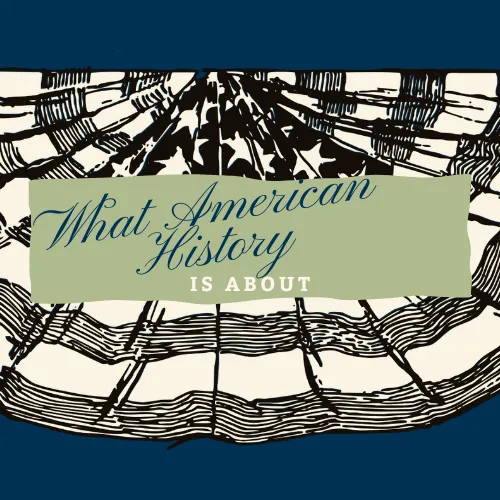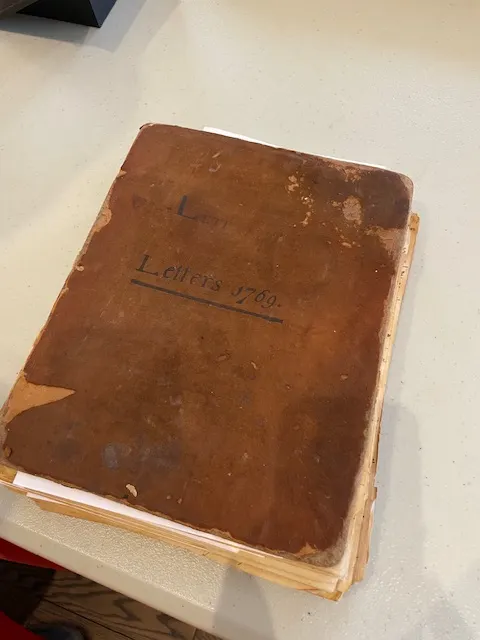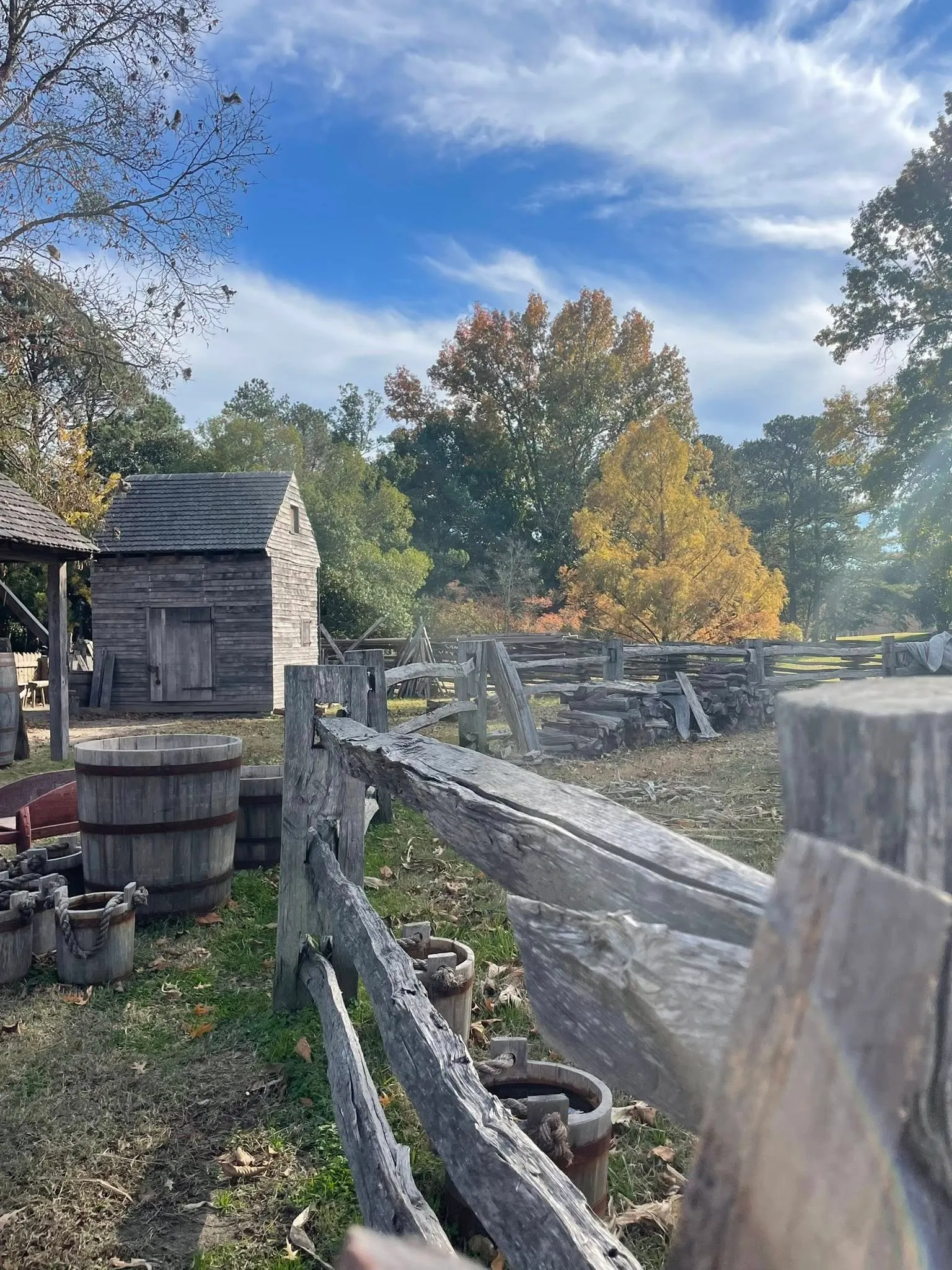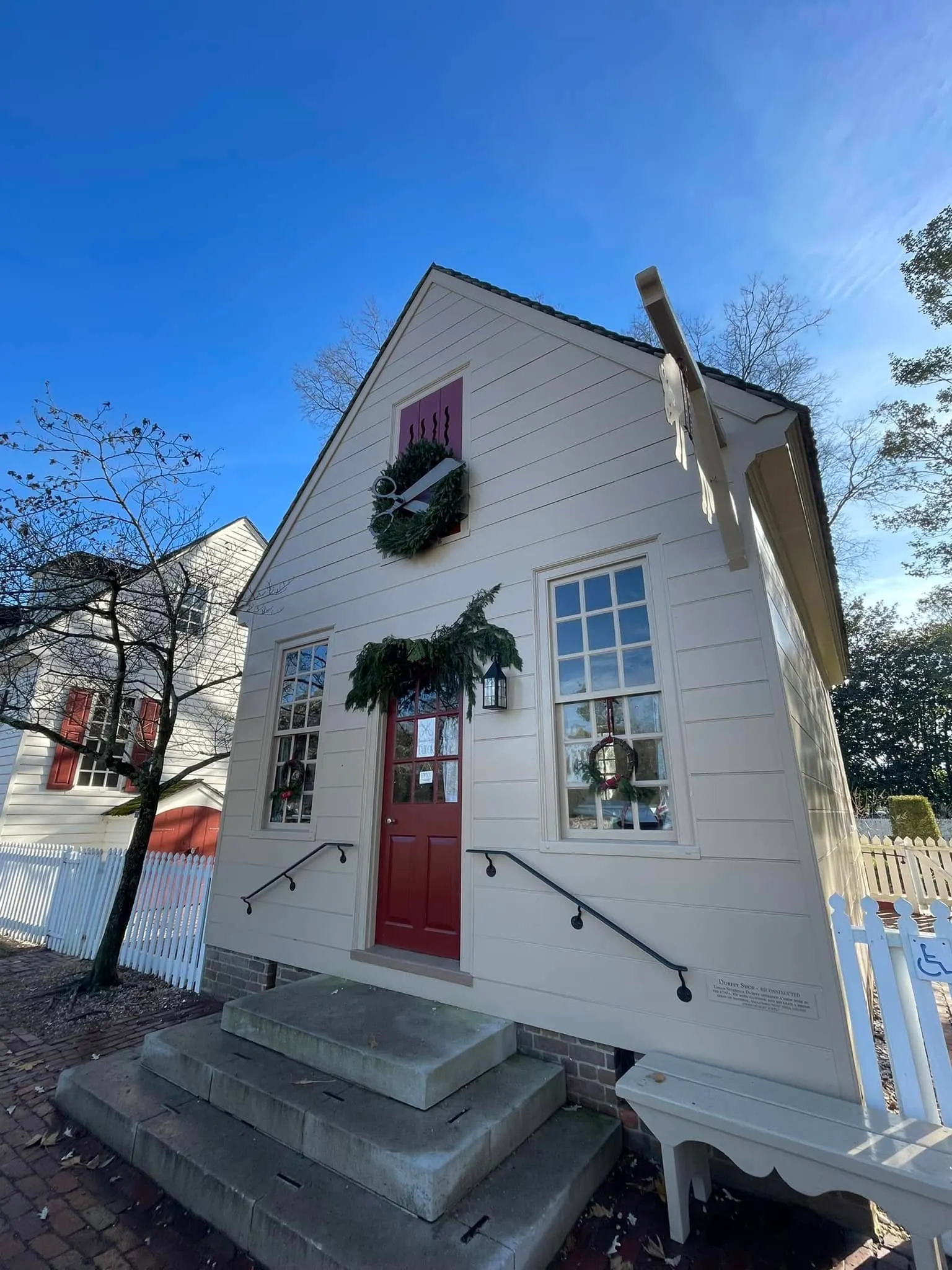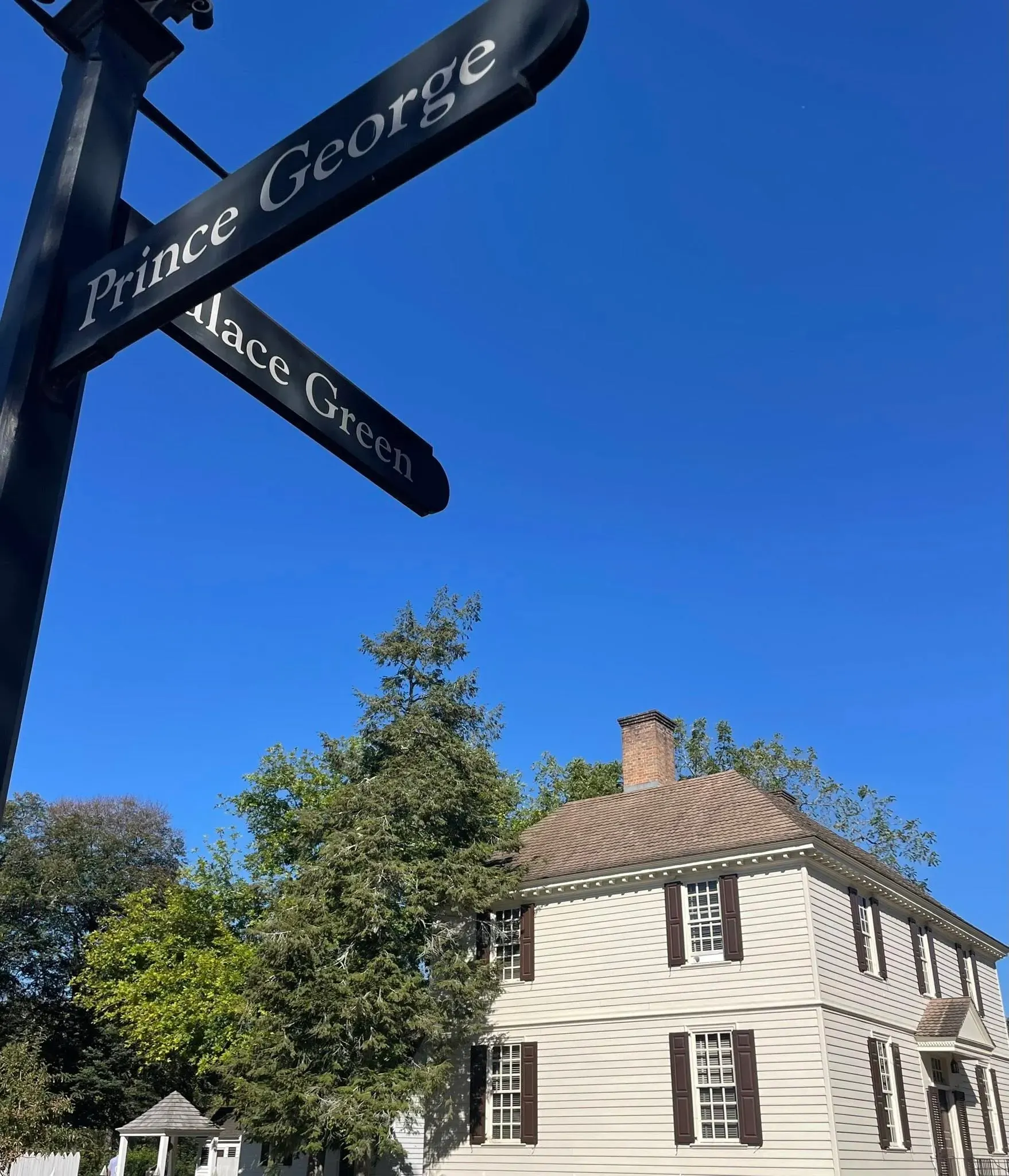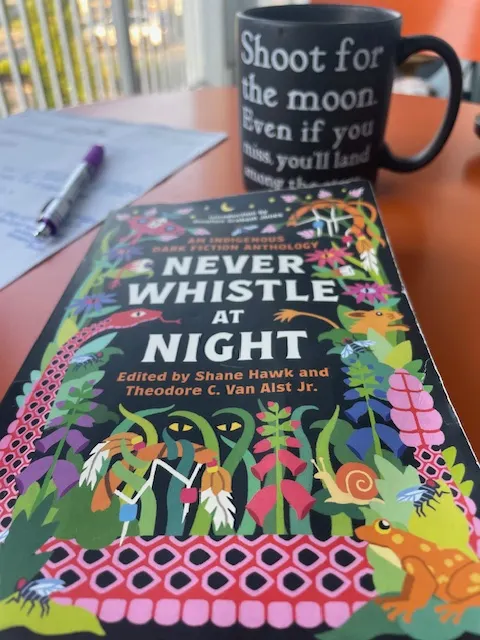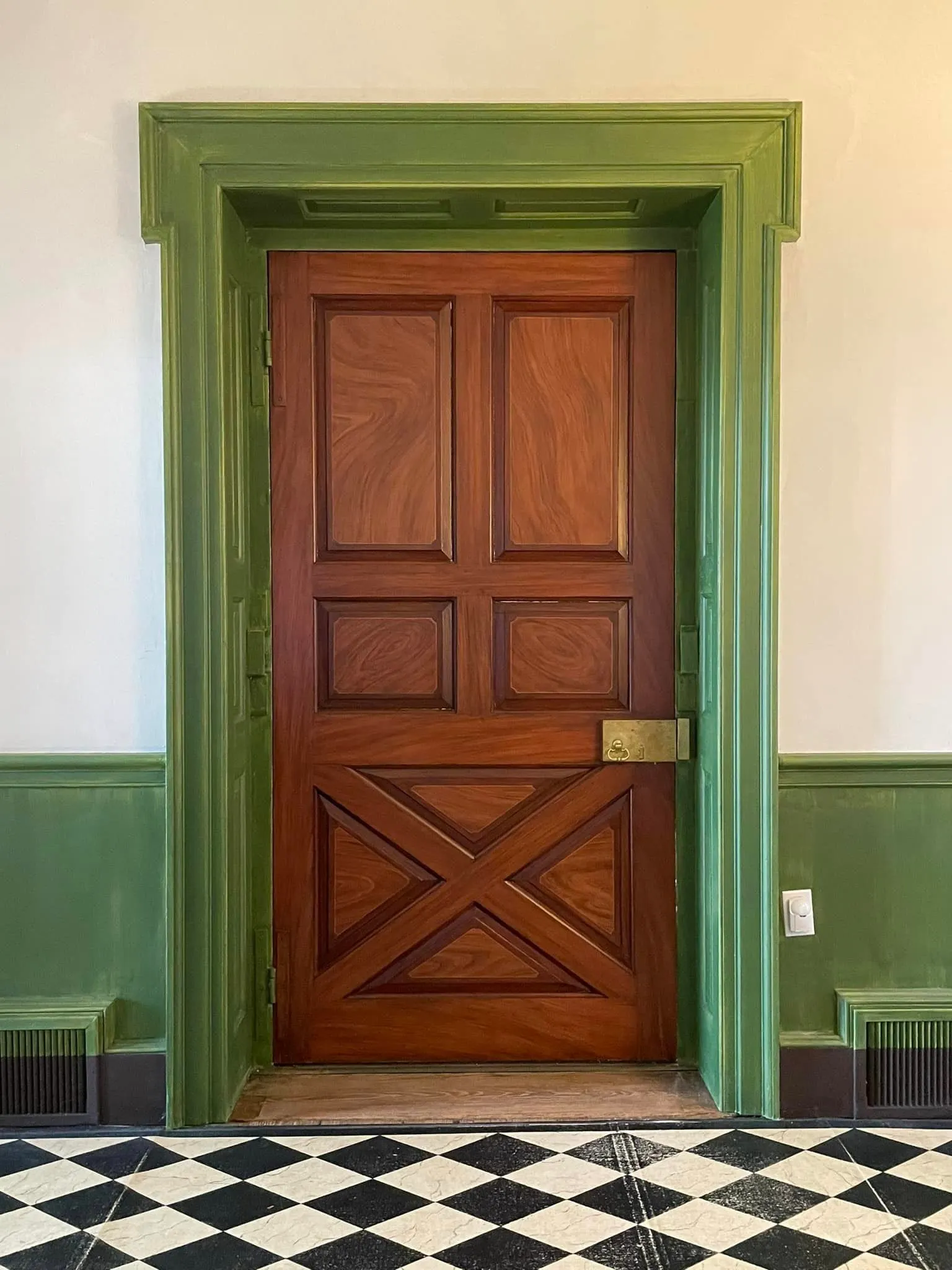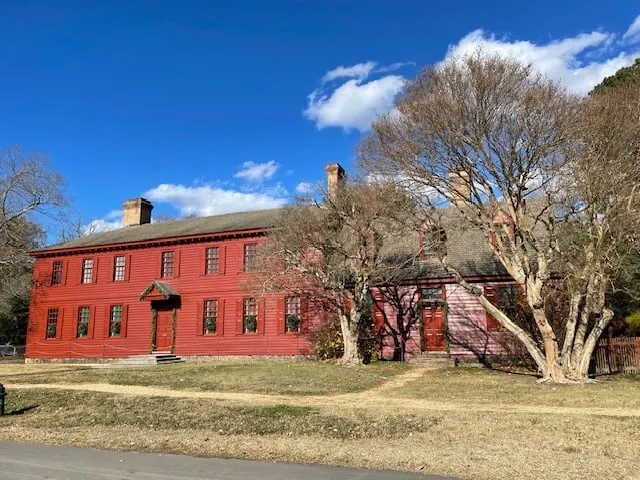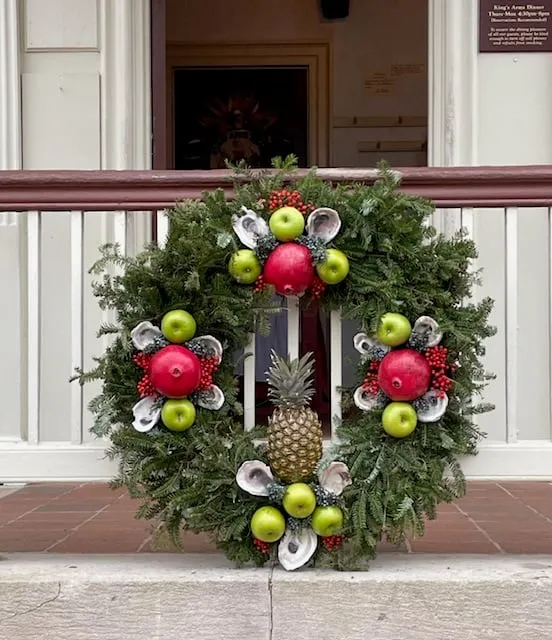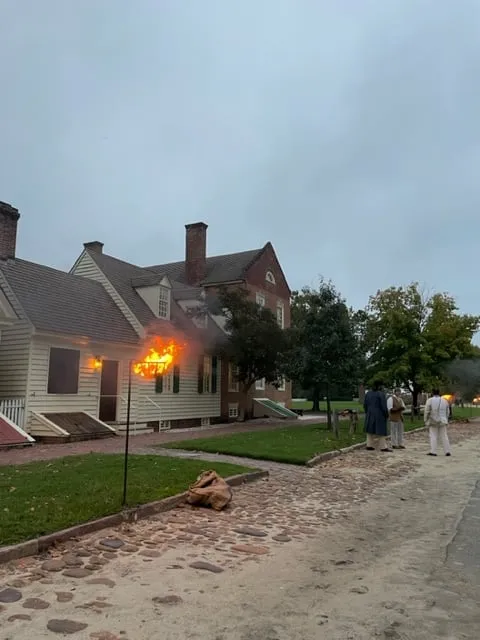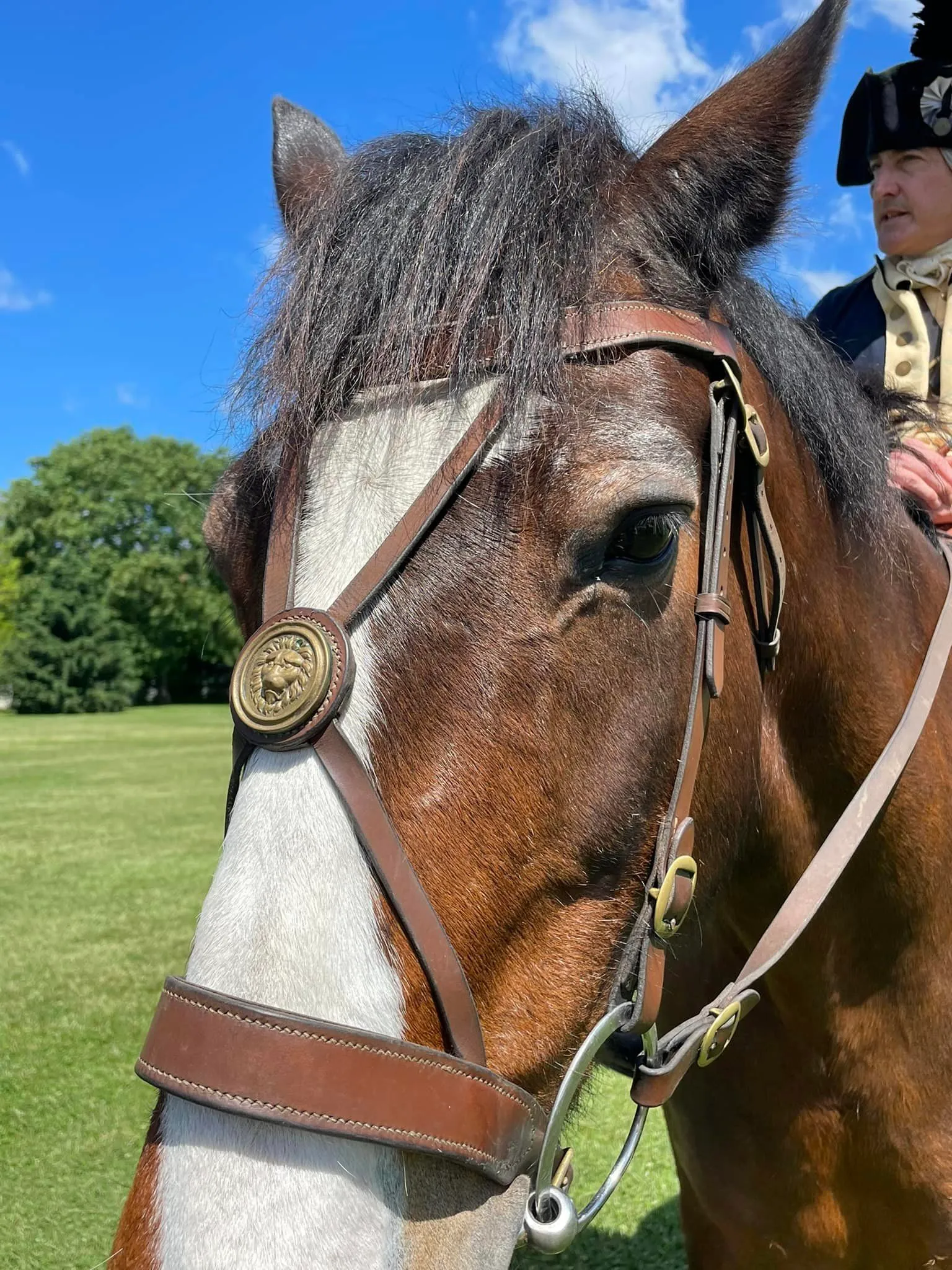The Scotchtown Post: Insight into Patrick Henry and the Place He Lived for a Few Pivotal Years (2025 Update)
Why I went to Scotchtown, where Patrick Henry lived for a bit.
Even though I've visited before, you might have read my reasoning on visiting sites multiple times (if not, here it is) and know that I'm always coming up with new questions that lead me back. And always looking for new bits of history; buildings, people, daily life, culture, art... I love it all, even the wallpaper.
So- why Scotchtown specifically?
Patrick Henry did not live there long- but he lived there on the eve and into the American Revolutionary War. All the speeches, meetings, debates, and decisions about creating an independent United States of America, the pivotal years, happened while Henry lived at Scotchtown.
Let's take a look.
NOTE: if you're reading this as of March, 2025, the blog post has a few updates based on my March 8th visit to Scotchtown! All photos are current as Preservation Virginia invited me to tour the site and showed me the recent updates to the property.
Necessary disclaimer: As a blogger, I use affiliate links sometimes! I may receive commission from purchases I share; it does not change your price but sometimes you might get a discount.
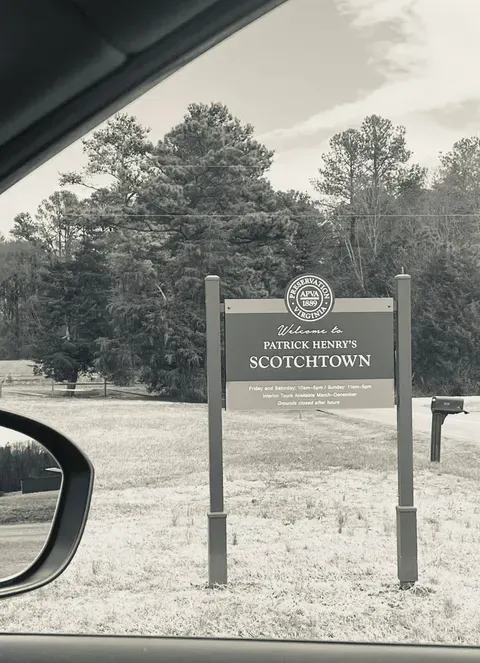
Entrance to Scotchtown site, March, 2025
Scotchtown: a little history of the land and the home.
It's easy to look at history and get caught up in one vital moment of it, but the truth is: the land, and the home existed before and after Henry's time there.
While this blog tends to focus on the 17th and 18th centuries forward, several Native American tribes made this land their home. Captain John Smith even created a map of the area that included identifying who lived where. Click here for more information.
Fast forward into the 18th century- in 1717 when Charles Chiswell acquired the land on a grant and ultimately built the home.
It was next left to John Robinson through marriage to a Chiswelll daughter. The same John Robinson who died in 1766 and, through efforts to pay off his debt (as was the process upon death in the 18th century) an entire scandal was unleashed.
Robinson was Virginia's treasurer prior to his death and it was discovered he mismanaged government funds. Ironically, he opposed Patrick Henry's famous resolves and Henry ended up purchasing his home, Scotchtown for not much over $600 at auction.
As the war took hold and Patrick Henry moved into his next chapter of life, with his wife Sarah having died at Scotchtown, he sold the property (for way more than the purchase price!). It went through multiple owners and Preservation Virginia acquired it in the 1950s.
The building was not in original form and the research and restoration were next!
RELATED: Read more about Sarah Shelton Henry here.
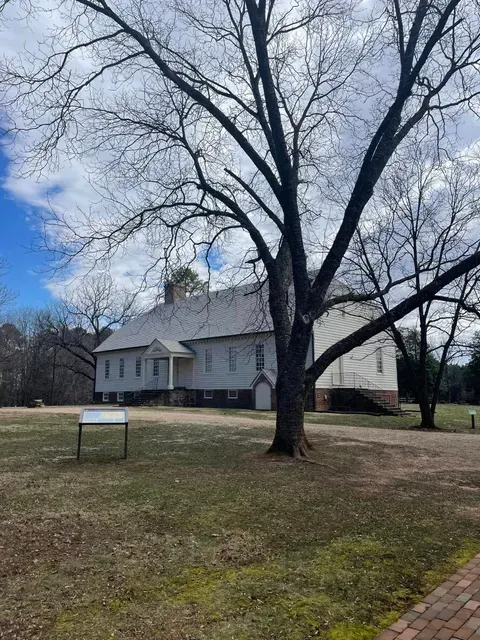
Rear entrance of Scotchtown
What I learned there.
I'm keeping it simple, in typical Daphne fashion. Giving you just enough to satisfy a bit of curiosity and, possibly, the interest to dig deeper!
Architecture.
- The home is set high off the ground. Rumor/legend/historical hypothesis is that it may have been for Sarah's (wife) health that Henry purchased it, including the higher elevation of the home. When you stand in a room and look out the window, if you're far enough back, you cannot see the ground.
- The quirky, yet symmetrical rooms, have walls on a sharp angle due to the fireplaces. There are 10 in total.
- The use of the rooms aren't 100% certain, but the family dining room being displayed where it is is likely accurate. This is due to a door that opens out - possibly for the enslaved cook Dinah and servants to deliver food to the table.
- The main and central hallway is wide and they've added a floor covering to 1) preserve the most original room in the building's wood floors and 2) show the style of the period.
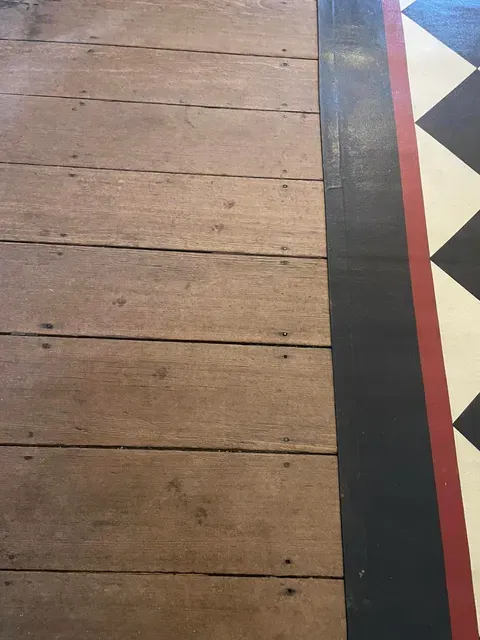
Original floorboards- 2025 photo
The Henry family.
- It's known that Henry had MANY children. His 5 with wife Sarah occupied Scotchtown. The pieces chosen to exhibit in the family dining room is based on the knowledge of Henry's family structure.
- Colonial Williamsburg's Governor Patrick Henry is where I first learned about Henry's sister: Madame Elizabeth Russell. As this article says, she was a changemaker. Madame Russell could be considered an abolitionist in today's terms as well as someone who broke the glass ceiling in many ways when she became ordained and, also, moved to Saltville, the frontier of Virginia.
- John Henry, Patrick's father and a Scotsman who served as justice in the Hanover County Court, has an display piece dedicated to him as well: a map. While he may not have been taken seriously by all his contemporaries as far as the accuracy of the map at Scotchtown, it shares the importance he laid on exploring the land and ensuring the future of colony. (note that the map used to be displayed and as of March 2025 is planned to be returned for exhibit after some reconstructive updates)
Note from author: reminder that I use the names of our Nation Builders in and out of character, when appropriate. Click here to read more about the program and click here to read an article by Richard Schumann, Colonial Williamsburg's Governor Patrick Henry.
Daily life.
- The "family dining room" includes educational toys and games for the children including (March 2025) a puzzle of the kings. Likely this would pre-date the Revolutionary era as the final king in the puzzle is King George II.
- A hunting rifle and musket, which would've been typical for a rural home, leans against a wall in one room.
- Two desks and chairs, along with "paperwork," are set up both in the parlor and family dining room. One is on loan from a Henry family descendent and the other is said to have been owned by him (and used) when he lived in Louisa County, prior to moving to Scotchtown. They are excellent examples what would have been in the home.
- In the bedroom sits an apothecary chest on a bedside table. It's likely that the Henry's would have had one to keep medications on-hand for both Patrick's and Sarah's illnesses. Being able to afford such a piece offers convenience for those living in rural plantation homes, miles away from an apothecary shop.

Educational game in the family dining room (2025)
The questions it inspired me to take back to Williamsburg.
I'm blessed as a history nerd: I have access to actor historians that use primary sources as well as tradespeople and interpreters that do the same. They live and breathe factual history. It is what Colonial Williamsburg is all about. I also have access to the fantastic Rockefeller Library- in fact we can all get info online.
Cheers to living where I used to vacation- the largest living history museum in the world!
- Living at Scotchtown, who were Patrick Henry's neighbors?
- Was the decision to purchase Scotchtown a result of Mrs. Henry's health needs or a financial decision?
- How long did it take to get to Williamsburg as well as to St. John's Church where the famous "Give me liberty or give me death" speech took place? How did Patrick Henry prefer to travel?
- Being so "rural" how did messages and correspondence get from Scotchtown to Williamsburg, all the county courts Henry practiced law in etc. prior to the creation of the post office?
- Who were some of the most famous guests at Scotchtown?
- What was the biggest impact John Henry (Patrick's dad) had on Patrick? On American history, maybe through his surveys and maps?
- What impact did both Sarahs (mother and first wife) in Patrick's life have on him?
- Did Samuel Davies have impact on his oratory skills and interest?
I'm looking forward to seeing Patrick Henry's upcoming performances and to him wandering the Palace Green... I have a whole bunch of new questions and a much better understanding of this great orator and legendary voice of the Revolution.
Do not worry~ I'll come back and add updates to any answers I find/learn. In fact, you may have seen my author's note that this article has been updated March, 2025 after a tour by the site manager of Scotchtown, Patrick Laird and with information provided by Elyse Werling, Curator of Collection at Preservation Virginia.
And did I cover everything about Patrick Henry... not even CLOSE. More to come!
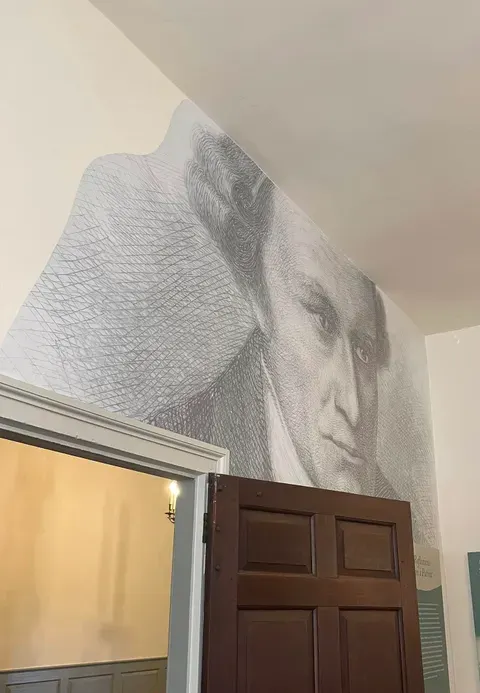
Patrick Henry wall depiction
Where have you visited that you want to visit again? Why?
Tell me in the comments! Please share some of your favorite historic sites and why we should visit them.
I always invite you to visit my hometown of Williamsburg and while you're in the area, make the one-hour drive to Scotchtown. The new exhibit, "Give Me Liberty" is a comprehensive look into Henry's mindset and life at a critical moment in history. It's a must-visit.
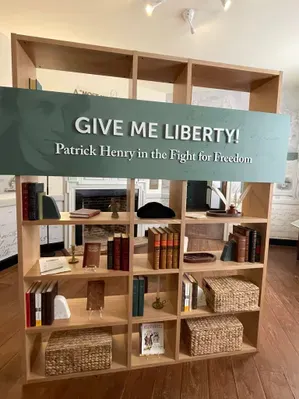
Entrance to Scotchtown exhibit
As always, closing with words from history.
This time, Henry's own words... a small excerpt from his famous 1775 speech in Richmond. Please read the full text here.
March 23, 1775: St. John's Church, Richmond Virginia:
"Gentlemen may cry, Peace, Peace– but there is no peace. The war is actually begun! The next gale that sweeps from the north will bring to our ears the clash of resounding arms! Our brethren are already in the field! Why stand we here idle?"
Are you enjoying the blog? Use my online tip jar and buy me a coffee:
There is a huge practical disclaimer to the content on this blog, which is my way of sharing my excitement and basically journaling online.
1) I am not a historian nor an expert. I will let you know I’m relaying the information as I understand and interpret it. The employees of Colonial Williamsburg base their presentations, work, and responses on historical documents and mainly primary sources.
2) I will update for accuracy as history is constant learning. If you have a question about accuracy, please ask me! I will get the answer from the best source I can find.
3) Photo credit to me, Daphne Reznik, for all photos in this post, unless otherwise credited! All photosare personal photos taken in public access locations or with specific permission.

